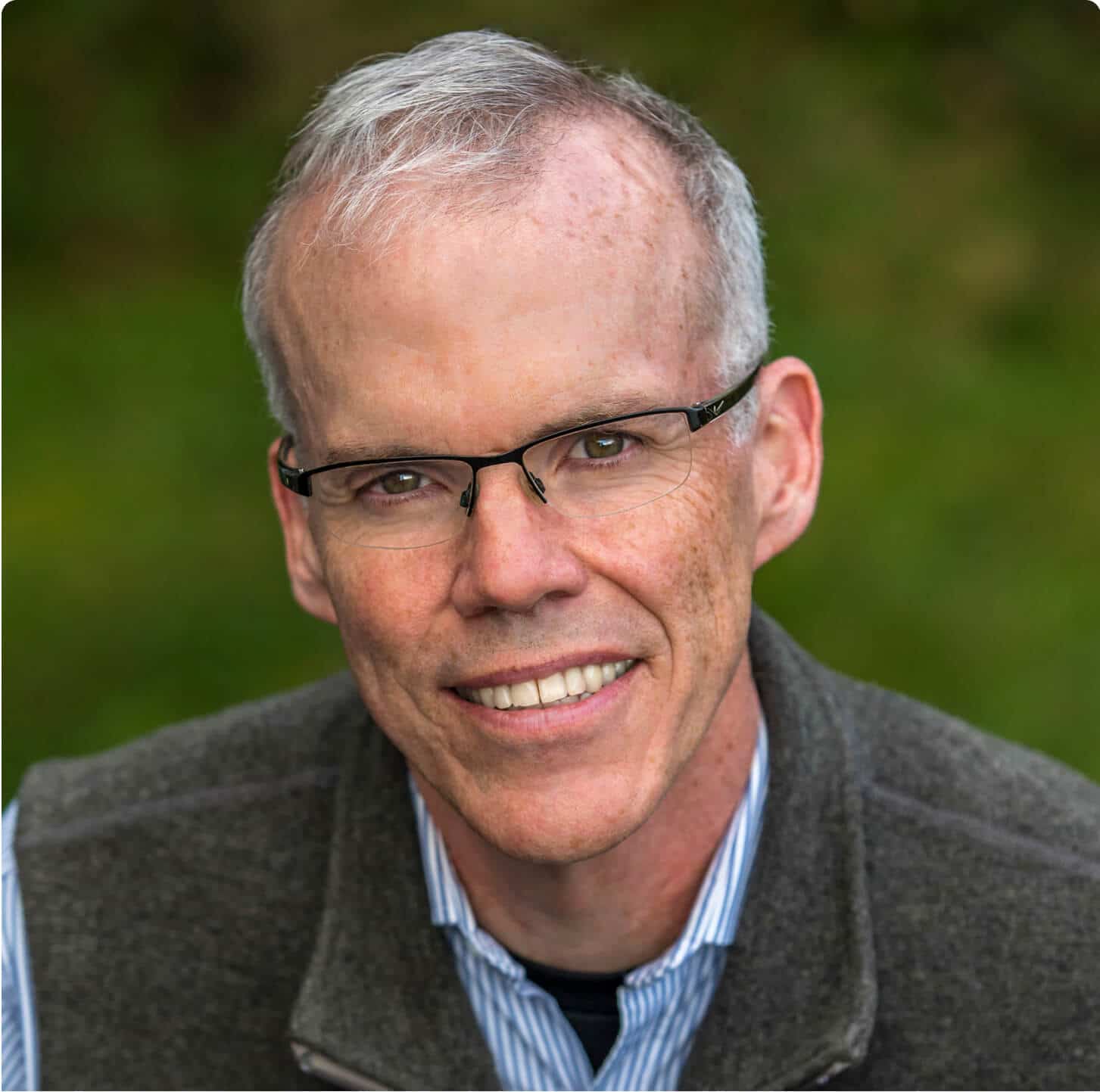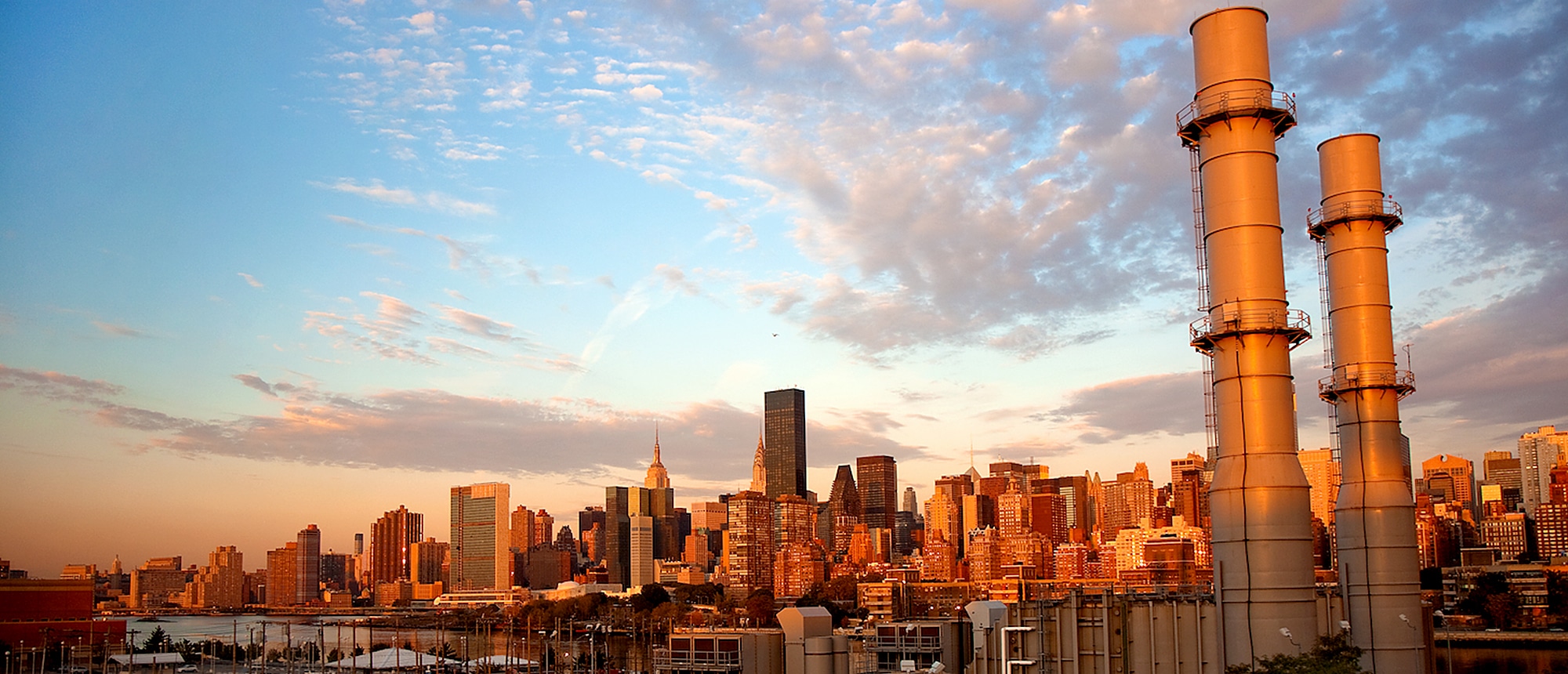New York, Divest Pensions From The Fossil Fuel Companies That Are Accelerating Global Warming
Forget the bizarre tweets and insults from the White House, or the images of the President touring San Juan: What’s happened in Puerto Rico will change life there for many years after all the news has faded from your feed.
Early estimates put the economic damage from Hurricane Maria at $30 billion, a third of the island’s annual economic output. Eighty percent of its crops have been destroyed — “there is no agriculture on Puerto Rico, and there won’t be for at least another year,” said one official. It may be a year before power returns, and even that won’t solve the deeper problems. As one official said, the devastation had set back the island “20 or 30 years” — that is, an entire human generation’s worth of progress lost in a few hours.
The response from New Yorkers has been generous, which makes sense because of the close ties between these two parts of our nation. Gov. Cuomo set up a statewide collection program for aid, gathering the donations in the Javits Center, where Jet Blue has offered to fly them to San Juan. Two members of Congress — Nydia Velasquez and Jose Serrano — were in the first Congressional delegation ashore on Puerto Rico. Mayor De Blasio immediately ordered the public schools to prepare for an influx of students coming from the island.
“It’s the sheer breadth and magnitude of this that’s so shocking,” Hizzoner insisted. “I mean its just total. Our folks have said, very clearly, there’s endless need.”
But there is one curious missing piece: as New York scrambles to help, it continues to invest billions of dollars in the fossil fuel companies that caused — and may have covered up — the global warming that makes such events more devastating.
Make no mistake, Maria is precisely what climate change looks like. September 2017 saw more hurricane activity in the Atlantic than in any month since record-keeping began in 1851. Of all the Category 5 storms to hit U.S. territory, a quarter have come this year.
The deluges in the Puerto Rican mountains may have set new global records for most rain in an hour; when they finally cleared, Puerto Ricans without air-conditioning or even fans faced a record-breaking heat wave. The island has spent the last year trying to deal with an outbreak of Zika virus, a classic climate-change disease. Imagine what the mosquitoes are like today.
These are precisely the kind of effects climate scientists have predicted. Warm air holds more water vapor than cold; hence, bigger rains. Hurricanes draw their strength from the ocean’s heat; hence, higher winds. As we learned during Sandy, the higher ocean can surge farther inland.
And we are learning more every day about how the oil companies knew all this was coming. Great investigative reporting from places like the Columbia Journalism School have shown that, for instance, Exxon knew everything there was to know about climate change 40 years ago. But instead of telling the rest of us, they spent a fortune covering it up, purchasing the politicians who would make sure change came slowly if at all.
New York’s courageous attorney general, Eric Schneiderman, has been in the forefront of chasing Exxon and its ilk, uncovering many of the documents that make clear their complicity. And some municipalities have risen to the challenge: San Francisco and Oakland announced last month that they were suing oil companies for the damages caused by ongoing climate havoc.
But not New York City. So far, the Big Apple is content to keep investing its money in these companies. Its pension funds have billions sunk in the stock of the corporations who’ve done, and keep doing, the damage. This is not only maddening in any moral sense, it’s crazy economically: These sectors have been among the weakest parts of the economy for years, underperforming other investments. If New York had divested when campaigners started asking after Sandy, its retirees would be on much more solid financial ground.
But better late than never. On Oct. 28, thousands of New Yorkers will march across the Brooklyn Bridge into the parts of the Lower East Side still rebuilding from Sandy. They’re demanding the city commit to 100% renewables, and get people back in their homes who are still adrift long after the storm.
But the #Sandy5 effort also demands divestment, and it knows who is accountable. New York’s elected officials — the borough presidents, the public advocate, the comptroller and the mayor — along with city unions all have a say in where pension money gets invested. They should speak with conviction and force. It’s one more way to express our solidarity with people in Puerto Rico. We can’t take back Maria, but we can make sure we’re not funding the next one.

